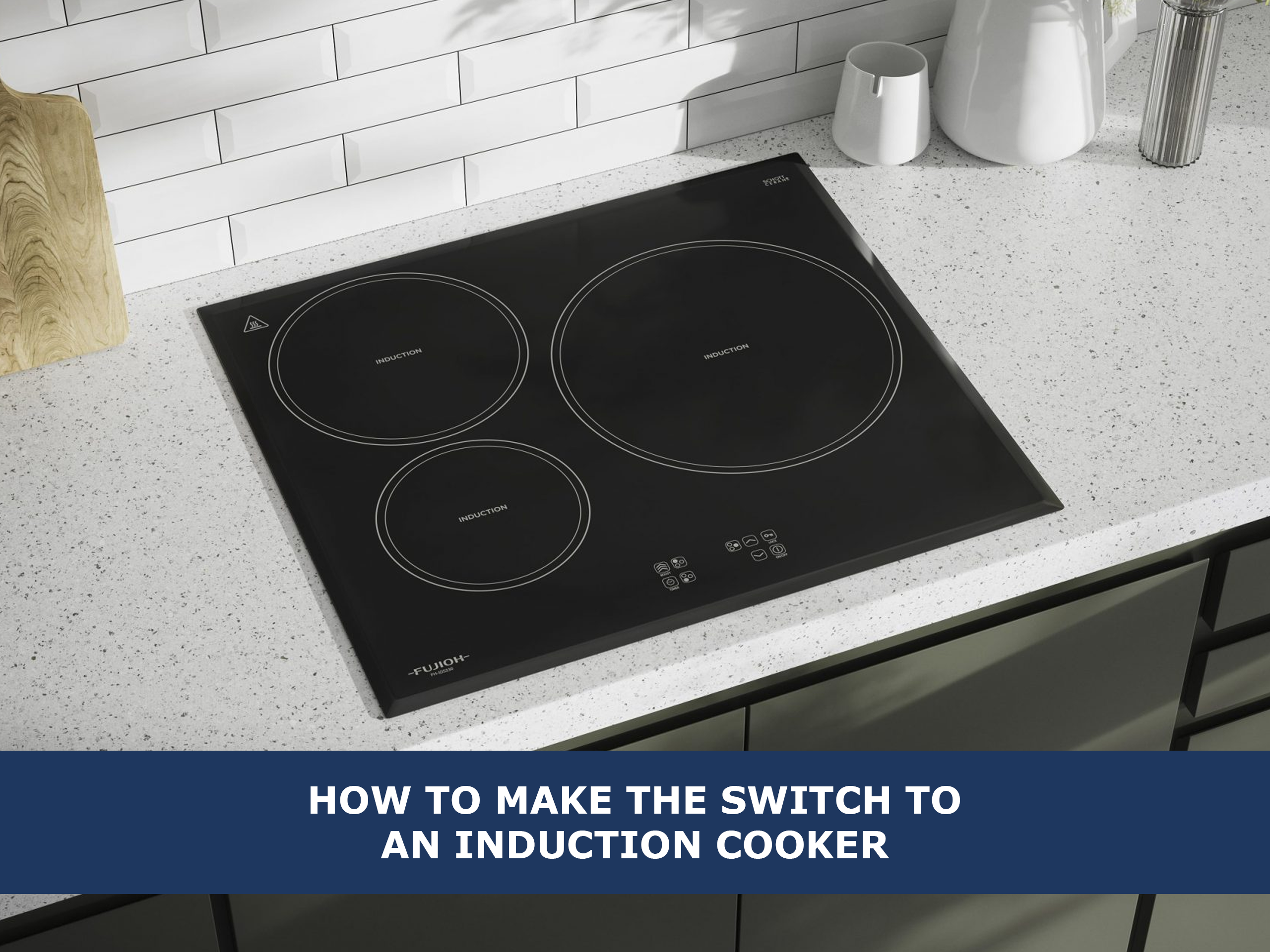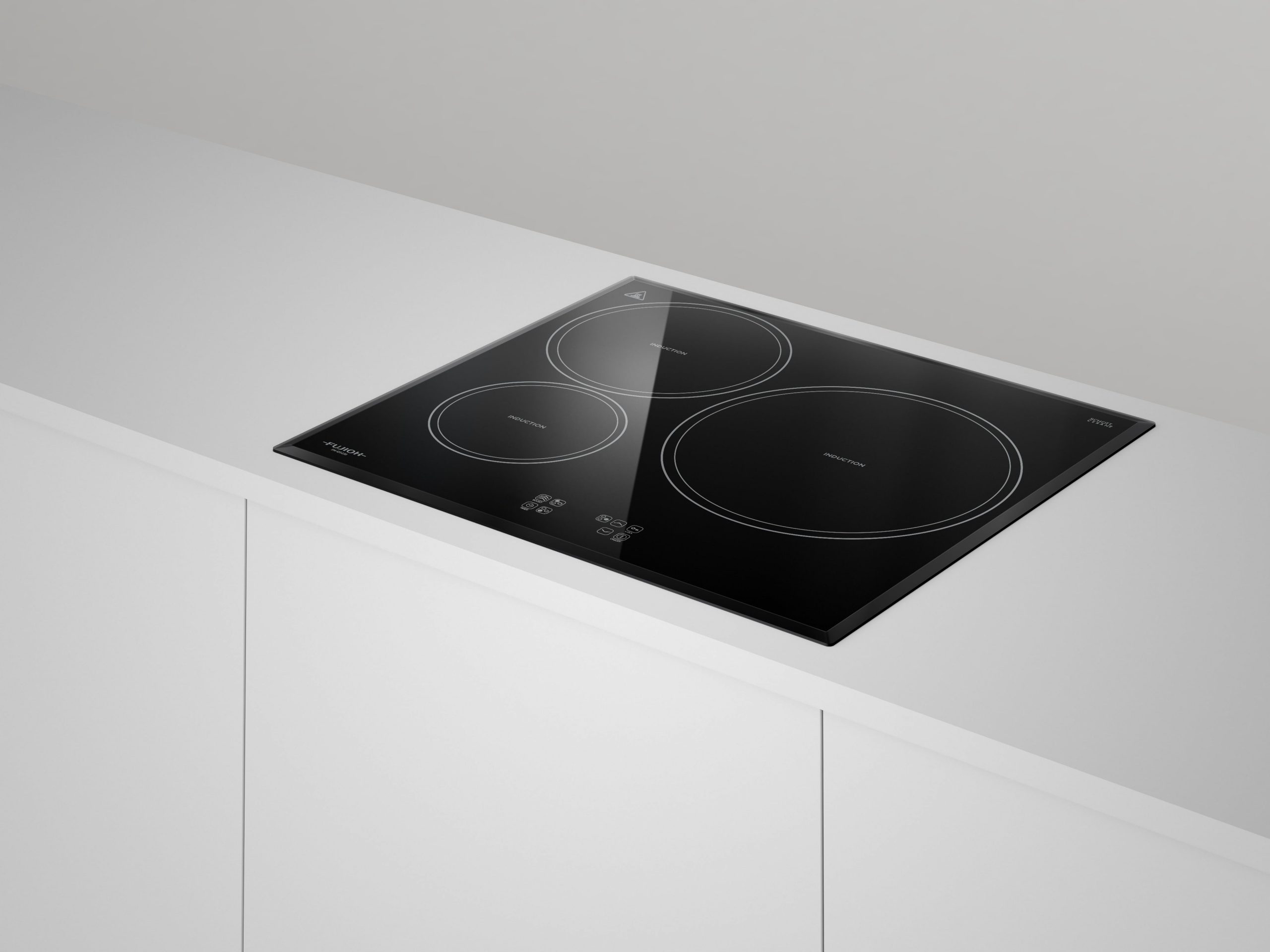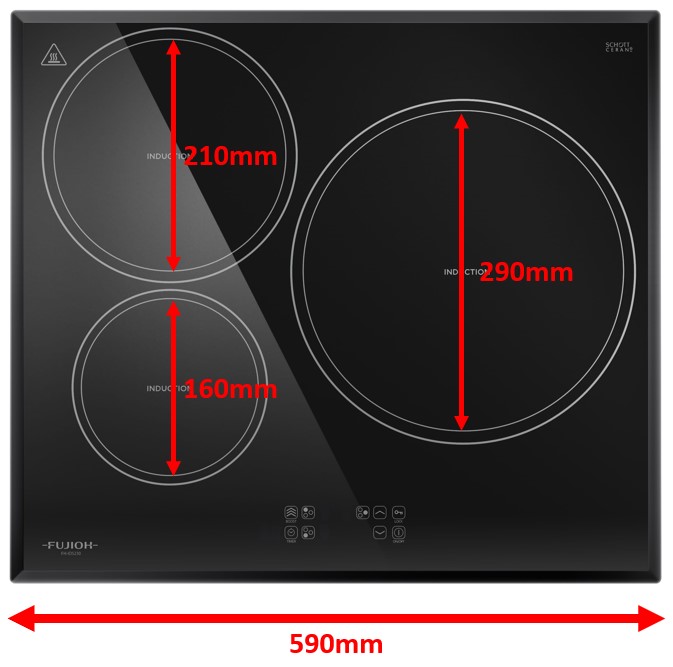
In recent years, more and more homeowners have been making the switch to induction cookers. With their sleek, seamless design paired with innovative and smart technology, what’s there not to love? However, transitioning from something as traditional and straightforward as a gas hob can be intimidating.
If you’ve long been eyeing to switch to an induction cooker, look no further! Let us guide you through the intricacies of this transition, helping you understand your new cooker for a better cooking experience right from the start.
Keep reading to learn how to make the big switch to an induction cooker, which offers you a safer, more efficient, and more eco-friendly cooking environment.
Before you dive right into an induction cooker catalog, it’s important to do some research to understand them better. Unlike gas hobs, induction cookers generate an electromagnetic field to cook, so you won’t need to buy a gas cylinder anymore.
Other than that, learn about its efficiency, safety features, and cooking benefits, such as precise temperature control and faster heating. Understanding these aspects will ensure a smooth and enjoyable experience when you finally install your new induction cooker.
Once you’ve done your research, it’s time to study your kitchen setup. Assess your current electrical infrastructure to ensure it meets the requirements for an induction cooker, including adequate voltage and circuit capacity.
Additionally, you should evaluate countertop space to see if it meets installation requirements and ventilation needs. Addressing these aspects will ensure a smooth transition to enjoying the benefits of cooking with an induction cooker in your kitchen.

The next step is the most exciting part of the process: choosing the right induction cooker for you. With a wide range of options, it can be challenging to find the perfect one for your home. However, it isn’t impossible.
At FUJIOH, we have a variety of induction cookers, each offering different and unique features. Whether you’re looking for an induction cooker with 2 induction zones or differently sized induction zones, we have it all to cater to different cookware sizes effectively, with higher power-saving efficiency.
As previously mentioned, induction cookers heat cookware by generating an electromagnetic field. For proper heating and efficiency, compatibility is crucial. Only pots and pans made from ferrous materials, such as cast iron or stainless steel, will work on induction cooktops. To check compatibility, simply place a magnet underneath your cookware; if it sticks firmly, the cookware is compatible with induction cookers.

Additionally, consider the size of the cookware. Ensuring that the diameter of your pots and pans matches the size of the induction cooking zone optimizes heat distribution and cooking performance. By checking these factors, you can ensure seamless operation and enhance your culinary experience with an induction cooker.
Installing an induction cooker is similar to installing any other cooking hob with the notable exception that it requires a dedicated electrical circuit due to its higher power consumption. Additionally, it has specific installation requirements regarding ventilation and placement. Adequate ventilation is essential to dissipate heat and ensure safe operation. Proper placement, away from sources of water or excessive heat, also contributes to the hob’s longevity and safety.
However, if you’ve thoroughly assessed your kitchen beforehand, including the necessary electrical infrastructure and ideal placement for ventilation, can streamline installation. It’s advisable to hire a professional electrician for this task to ensure safe and proper installation, minimizing any potential risks or complications.
Last but not least, don’t be afraid to start playing around with your induction cooker! It can be intimidating at first, especially if it has advanced features and smart technology, but by trying, you’ll quickly grasp its capabilities, efficiency, and convenience.
Familiarizing yourself with the cooker is key: experiment with different heat settings to understand its responsiveness, use compatible cookware and explore its timer and preset functions. By gradually integrating it into your cooking routine, you’ll quickly discover how it enhances your cooking experience.
Now that you’ve learned what to expect when switching to an induction cooker, it’s time to find one that will fit in your home. Look no further than FUJIOH for the best induction cooker options for your kitchen.
If you require more information on induction cookers, contact us at FUJIOH Malaysia or email enquiry@fujioh.my.